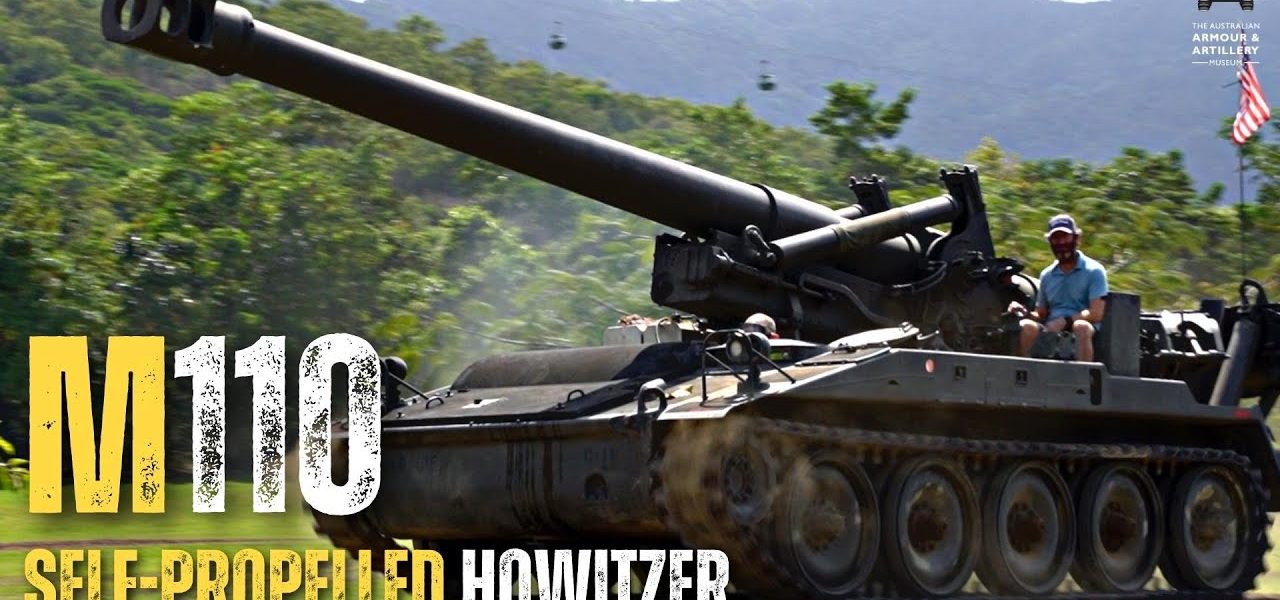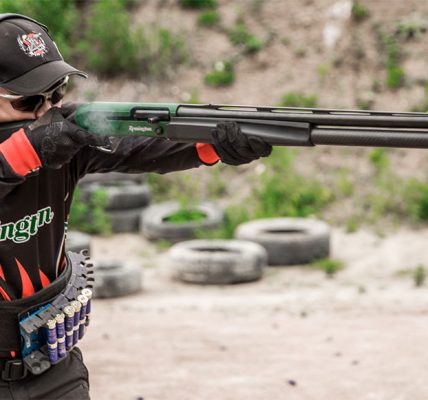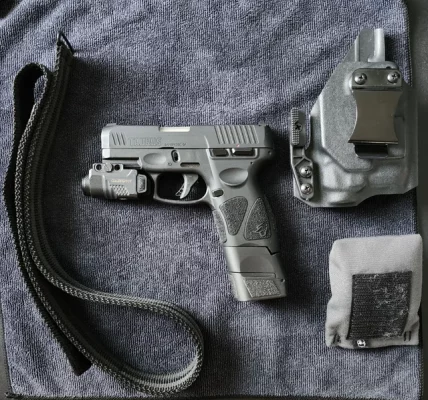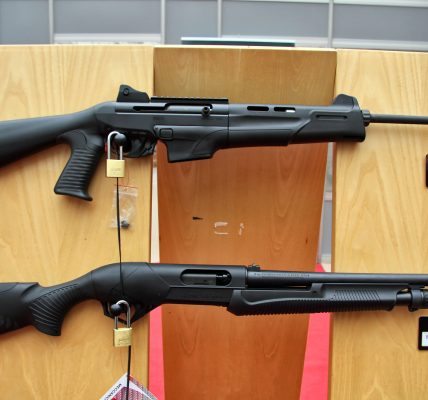Self-Propelled Artillery in the United States A Pillar of Firepower
Self-propelled artillery, consisting of large-caliber guns mounted on tracked or wheeled vehicles, has been a cornerstone of American military power since World War II. Their mobility, firepower, and protection have made them indispensable in a variety of combat scenarios.
Historical Context
The United States Army began fielding self-propelled artillery units in the early 1940s. The M7 Priest self-propelled howitzer, a tracked vehicle armed with a 105mm howitzer, was one of the first examples. During World War II, self-propelled artillery played a crucial role in supporting ground forces and providing indirect fire support.
Types of Self-Propelled Artillery
There are several types of self-propelled artillery used by the United States military:
- Self-Propelled Howitzers: Short-barreled artillery pieces mounted on tracked or wheeled vehicles. Examples include the M109 Paladin and the M108 self-propelled howitzer.
- Self-Propelled Guns: Longer-barreled artillery pieces mounted on tracked or wheeled vehicles. Examples include the M110 self-propelled gun and the M107 self-propelled gun.
- Self-Propelled Mortars: Mortar systems mounted on tracked or wheeled vehicles. Examples include the M120 mortar carrier and the M50 Ontos.
Technological Advancements
Self-propelled artillery has undergone significant technological advancements over the decades. The introduction of advanced fire control systems, GPS guidance, and precision-guided munitions has increased the accuracy and effectiveness of these weapons. Additionally, improvements in vehicle design and propulsion systems have enhanced their mobility and survivability.
Role in Modern Warfare
Self-propelled artillery continues to play a vital role in modern warfare. It is used to provide indirect fire support to ground forces, suppress enemy defenses, and target enemy infrastructure. Self-propelled artillery units are often integrated with other combat arms to form combined arms teams.
Challenges and Future Trends
The use of self-propelled artillery in modern warfare presents several challenges. The increasing sophistication of enemy air defenses and electronic warfare systems require self-propelled artillery units to be more mobile and adaptable. Additionally, the development of precision-guided munitions has changed the way self-propelled artillery is used, emphasizing accuracy over sheer volume of fire.
The future of self-propelled artillery in the United States military is likely to involve further technological advancements, such as the development of laser-guided and GPS-guided munitions. As the nature of warfare continues to evolve, self-propelled artillery will remain an essential component of the American military’s arsenal.




